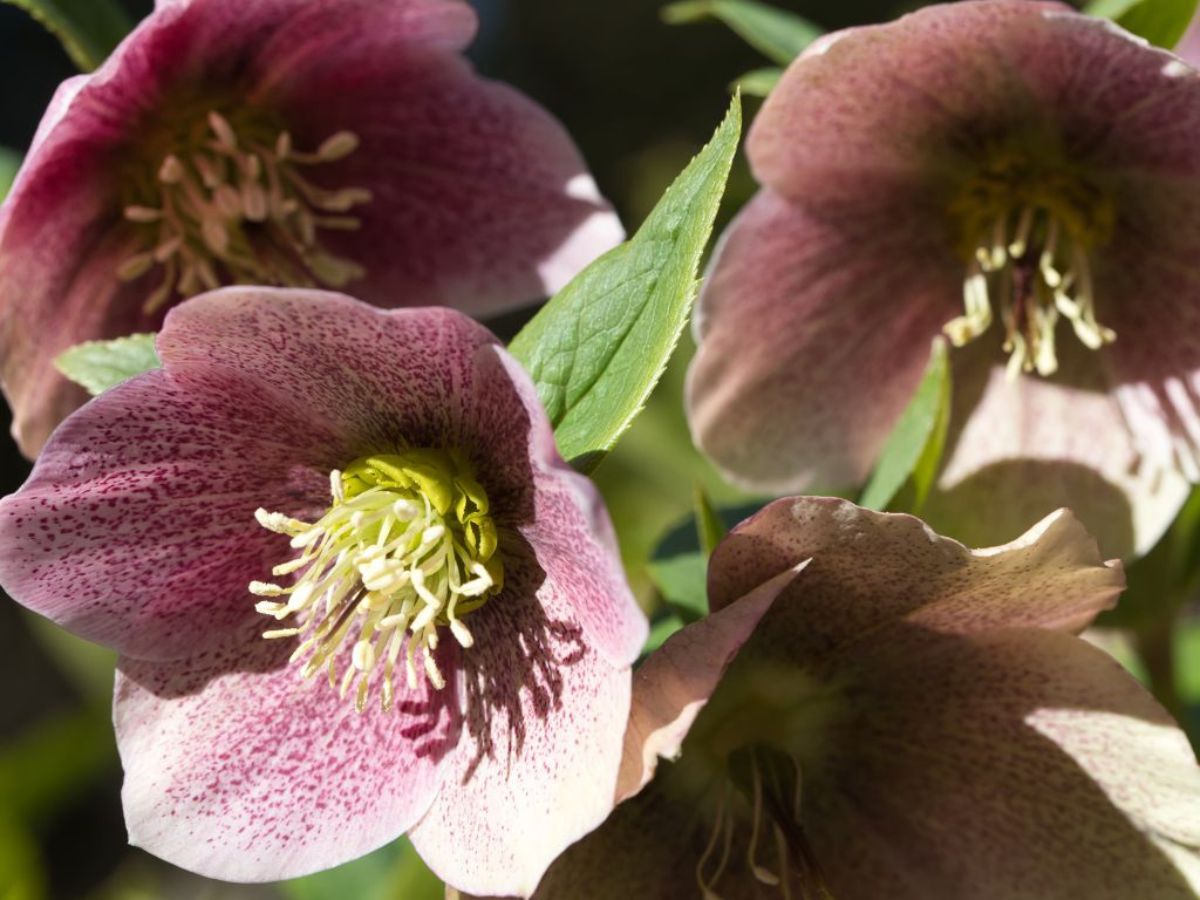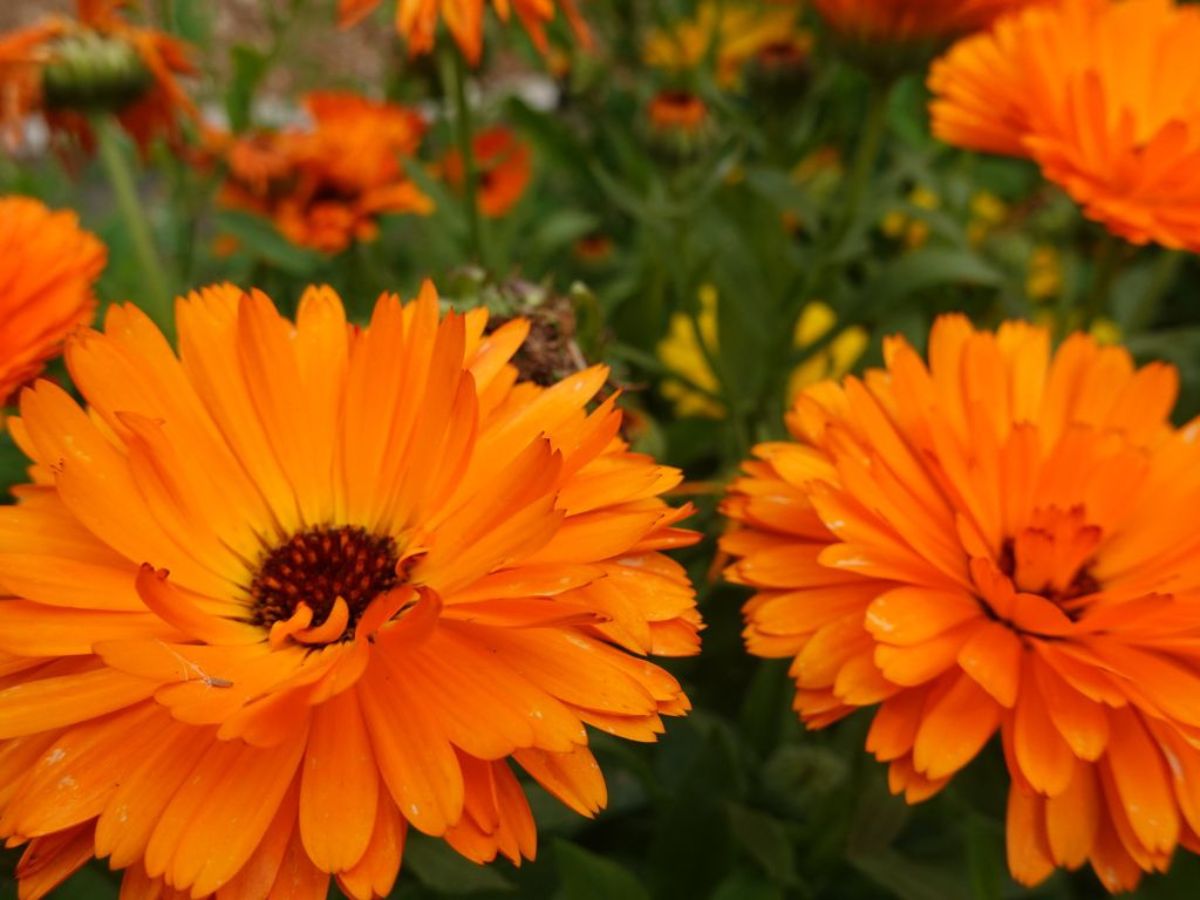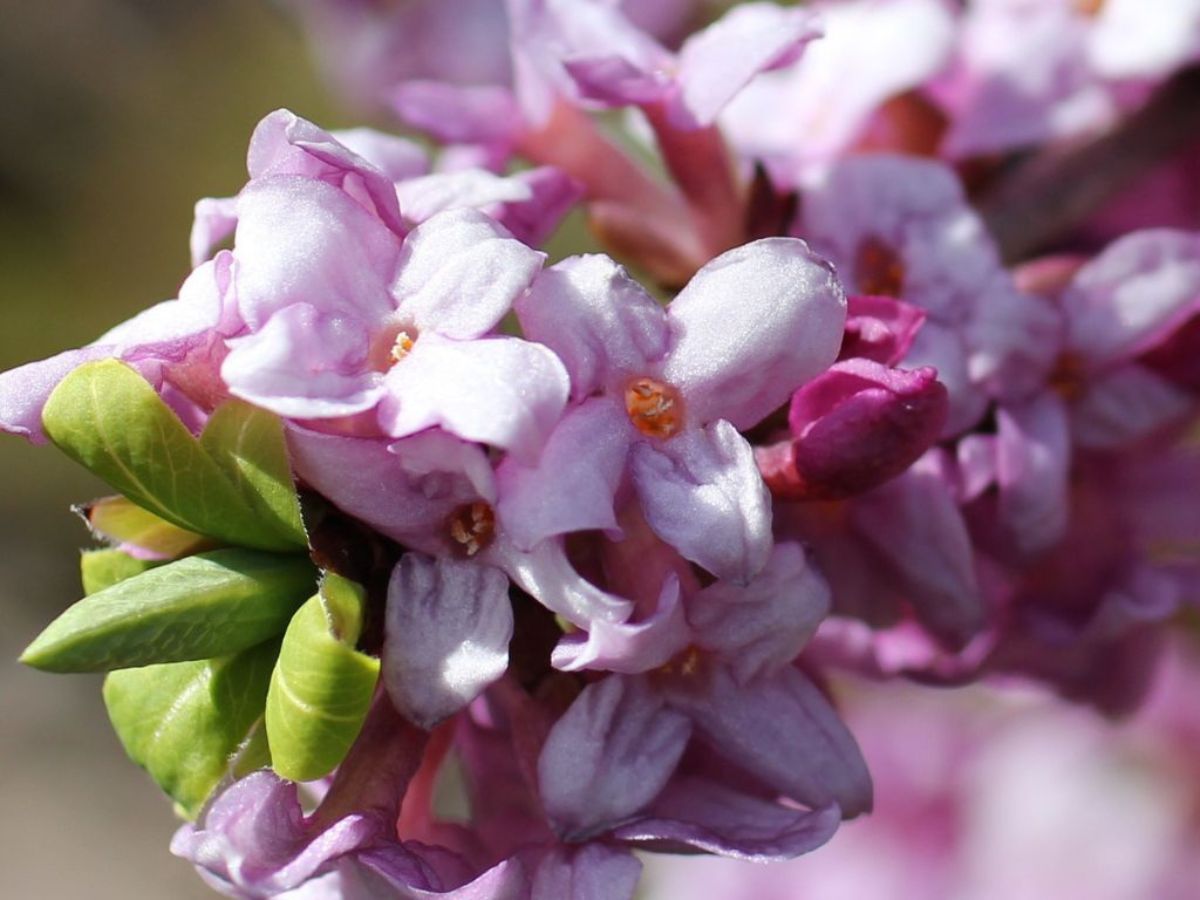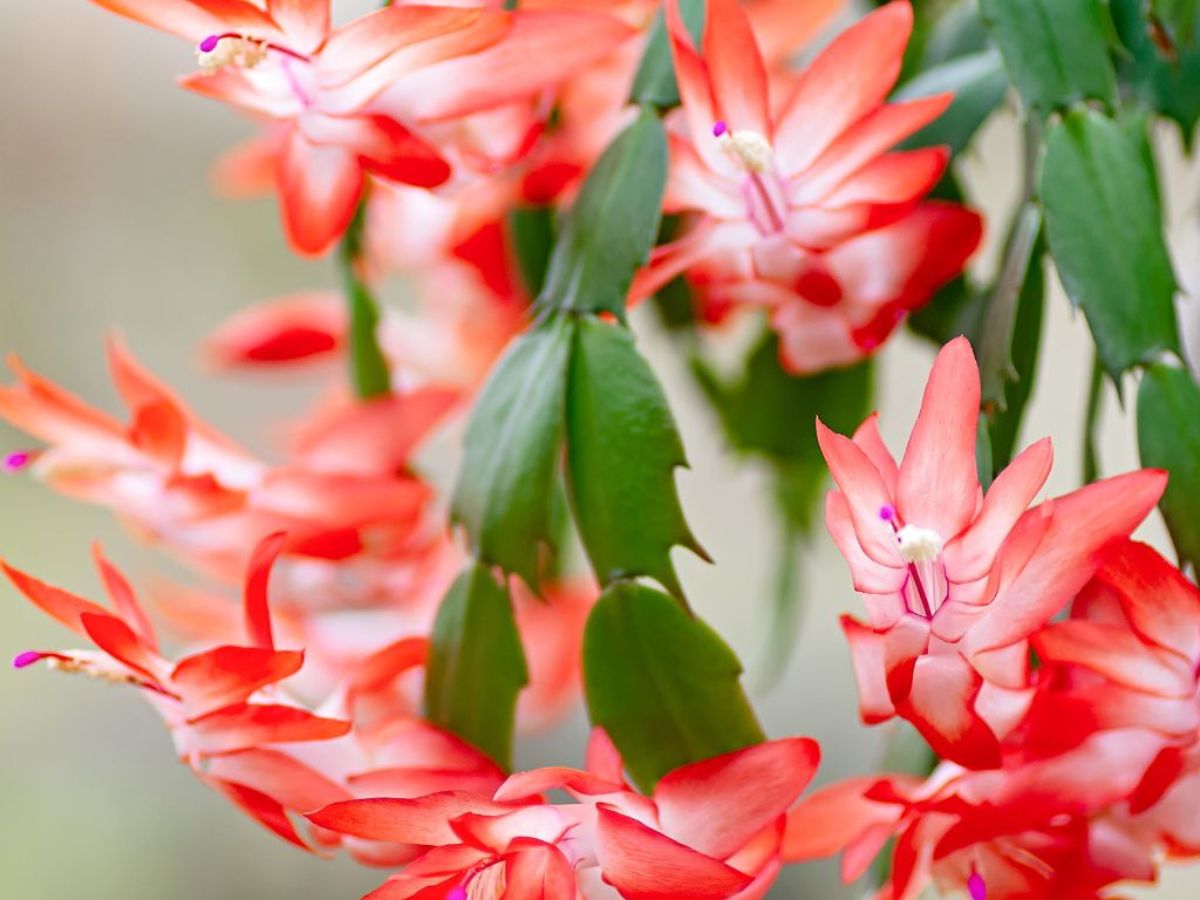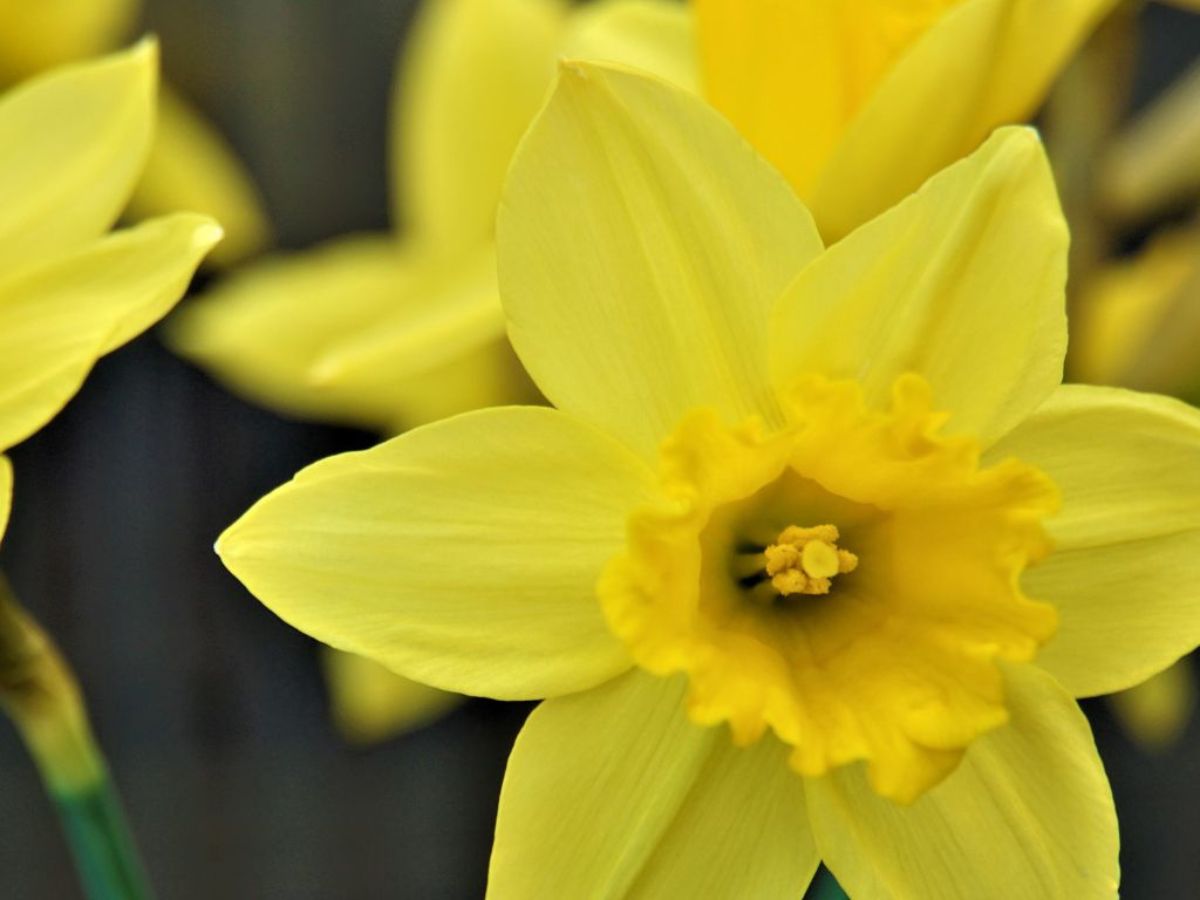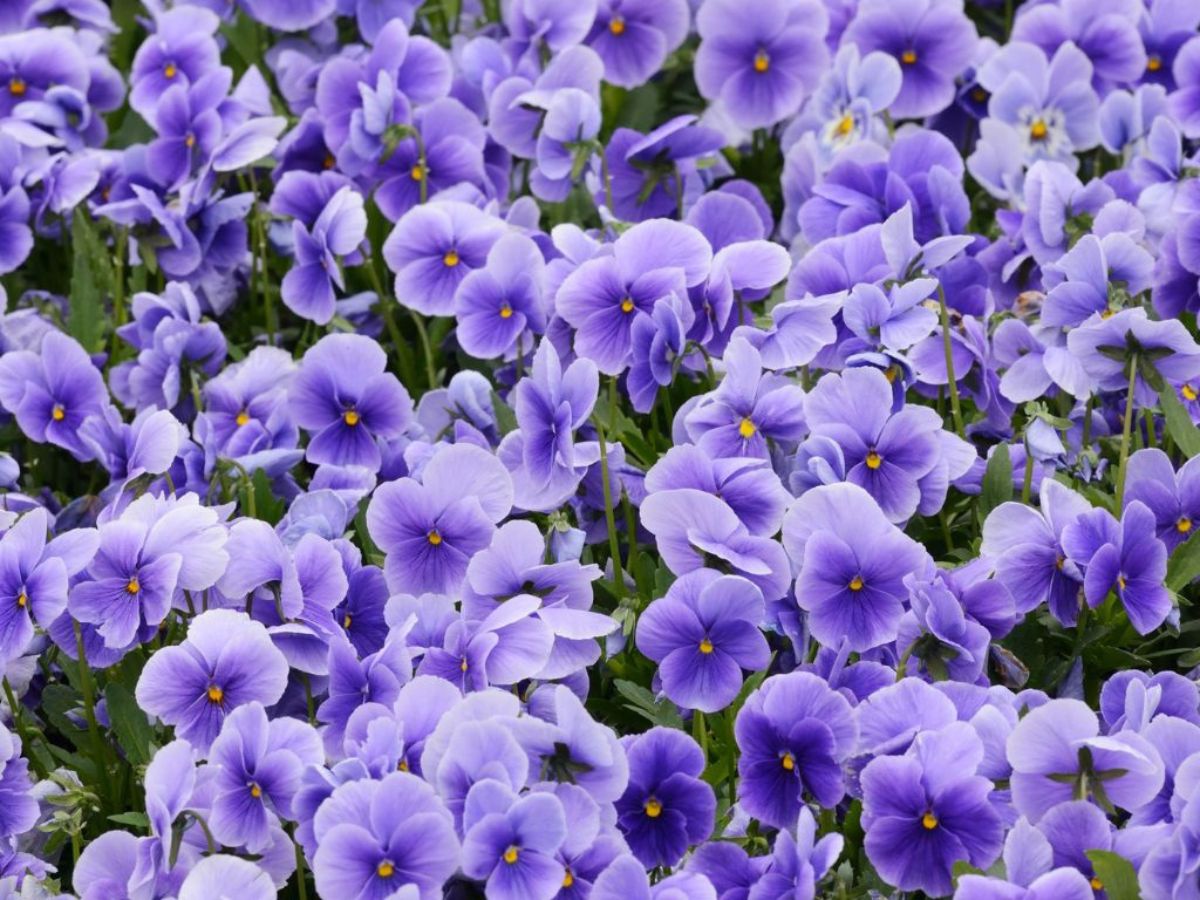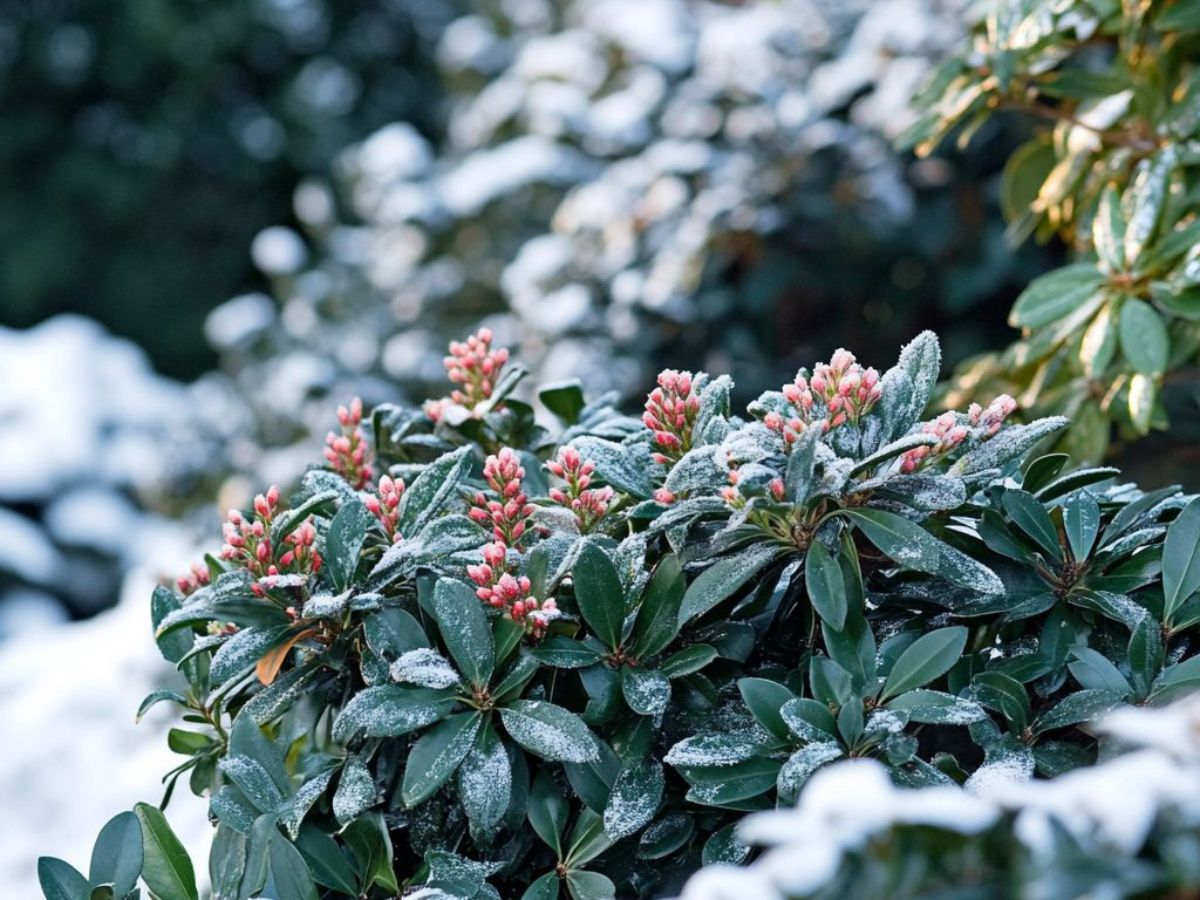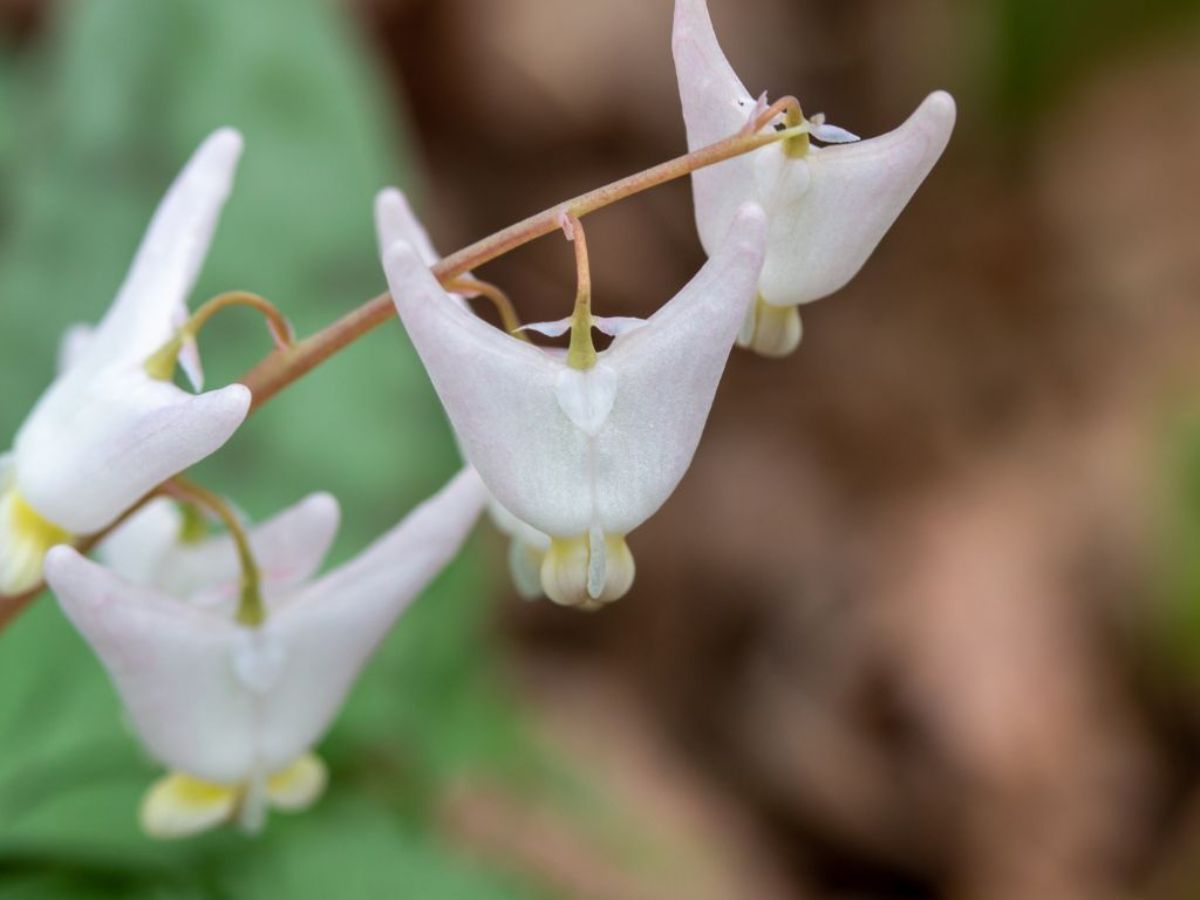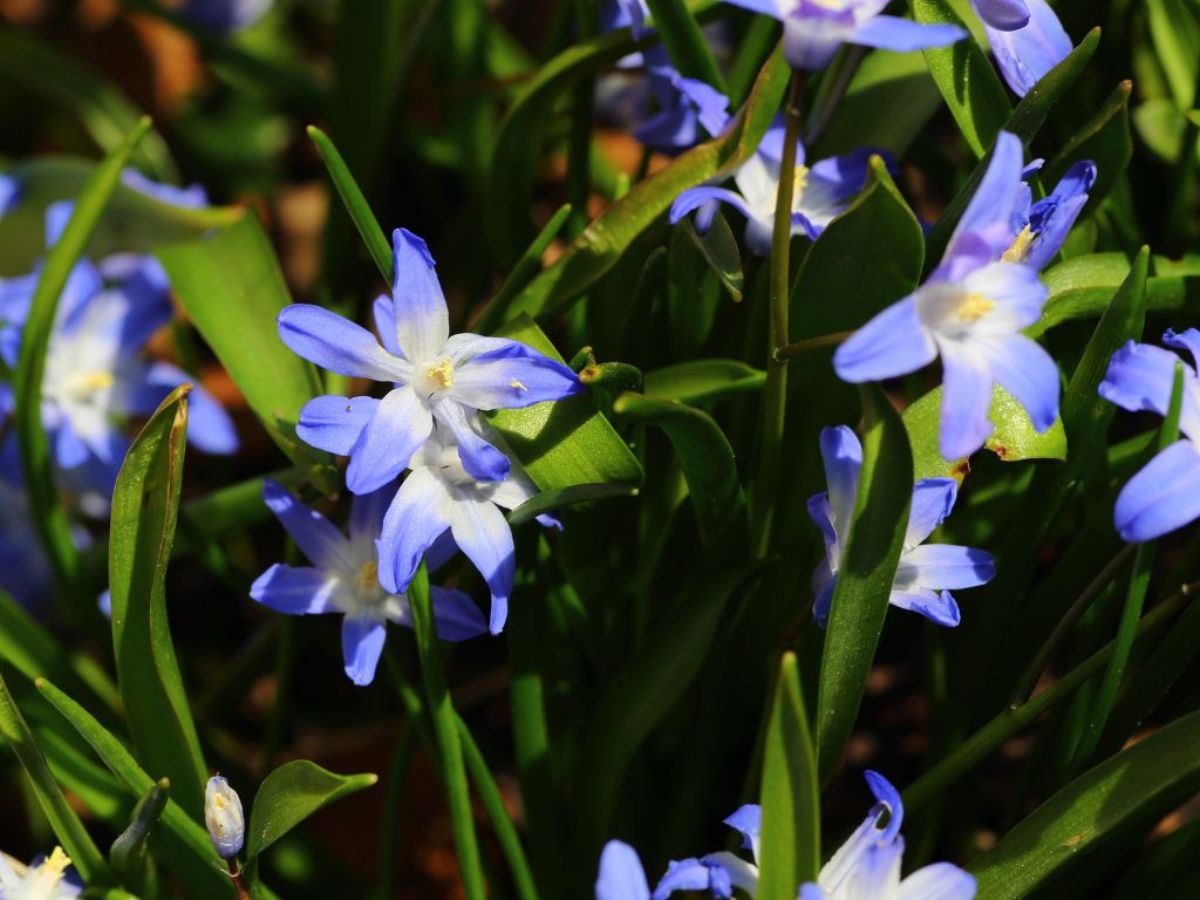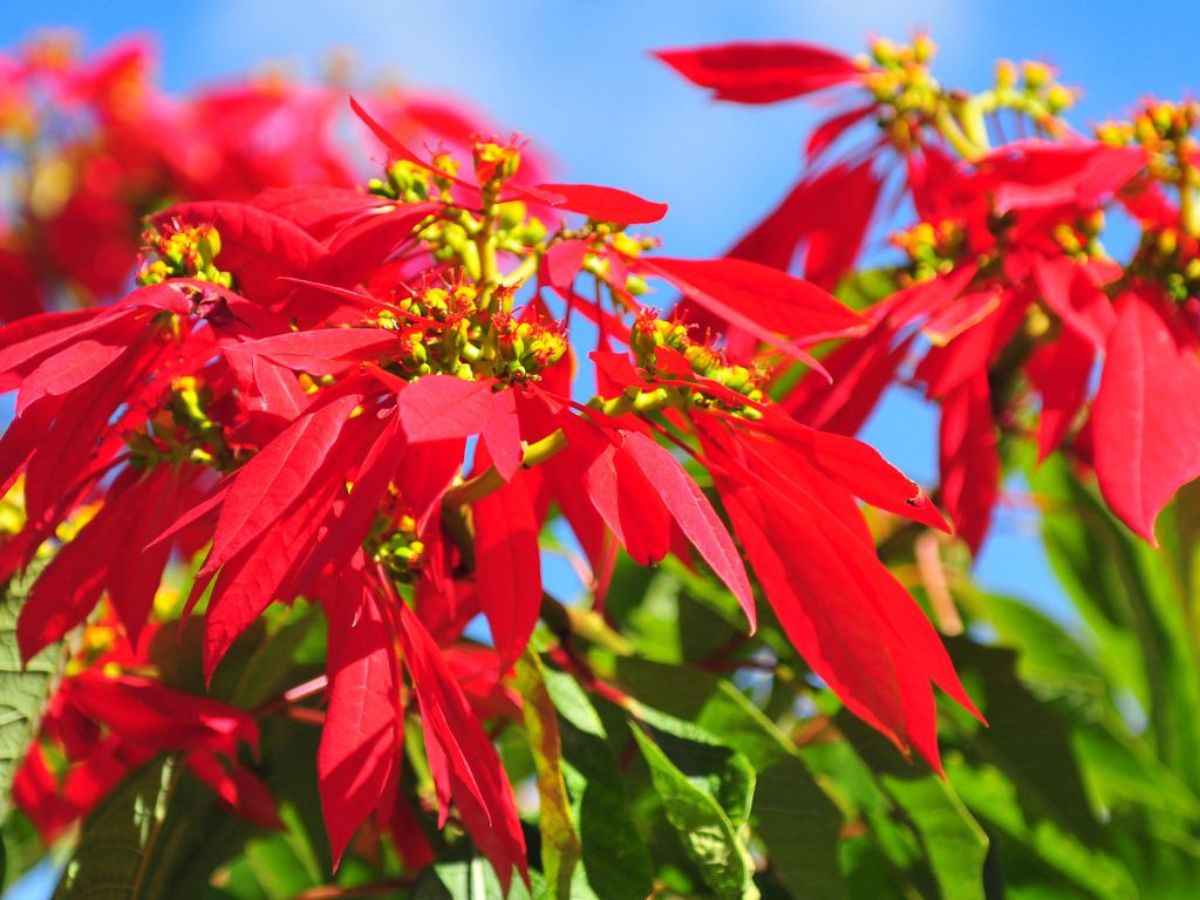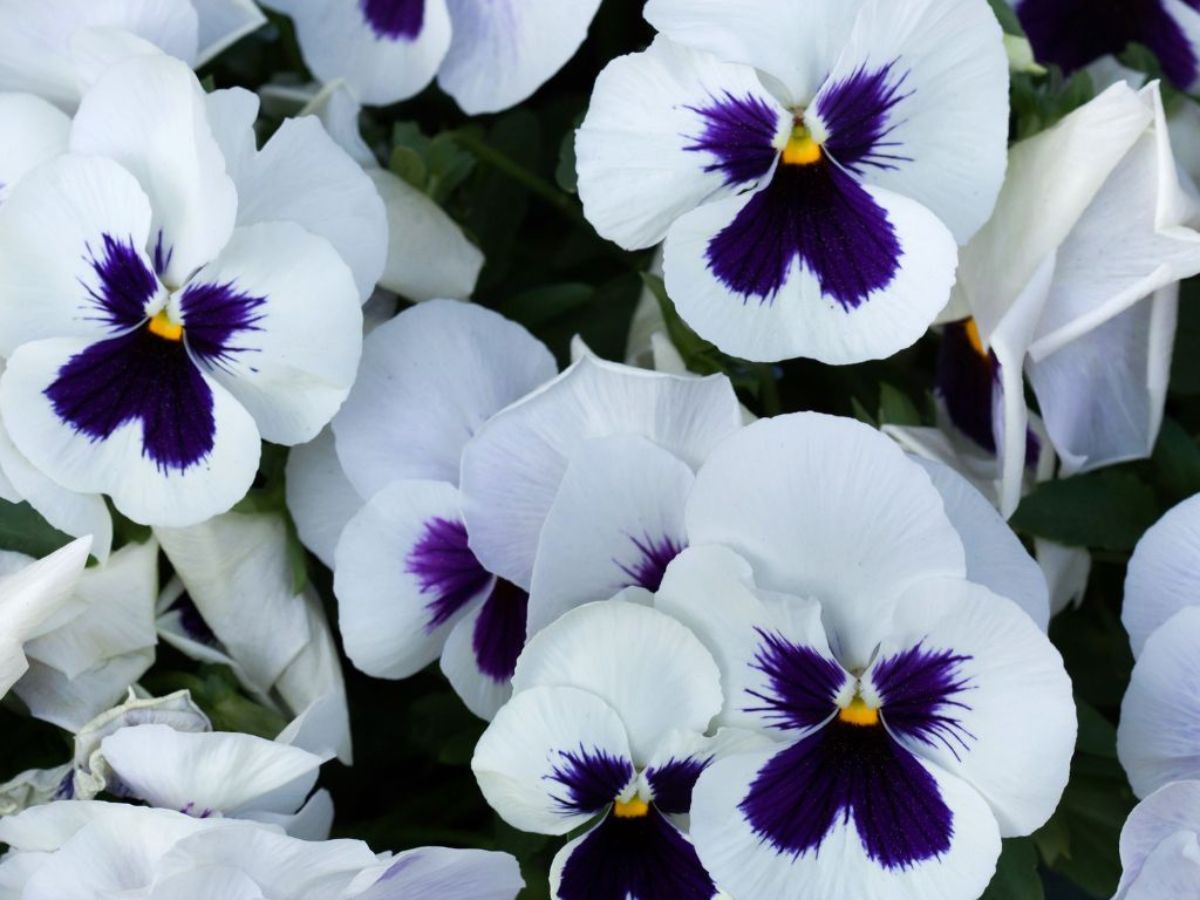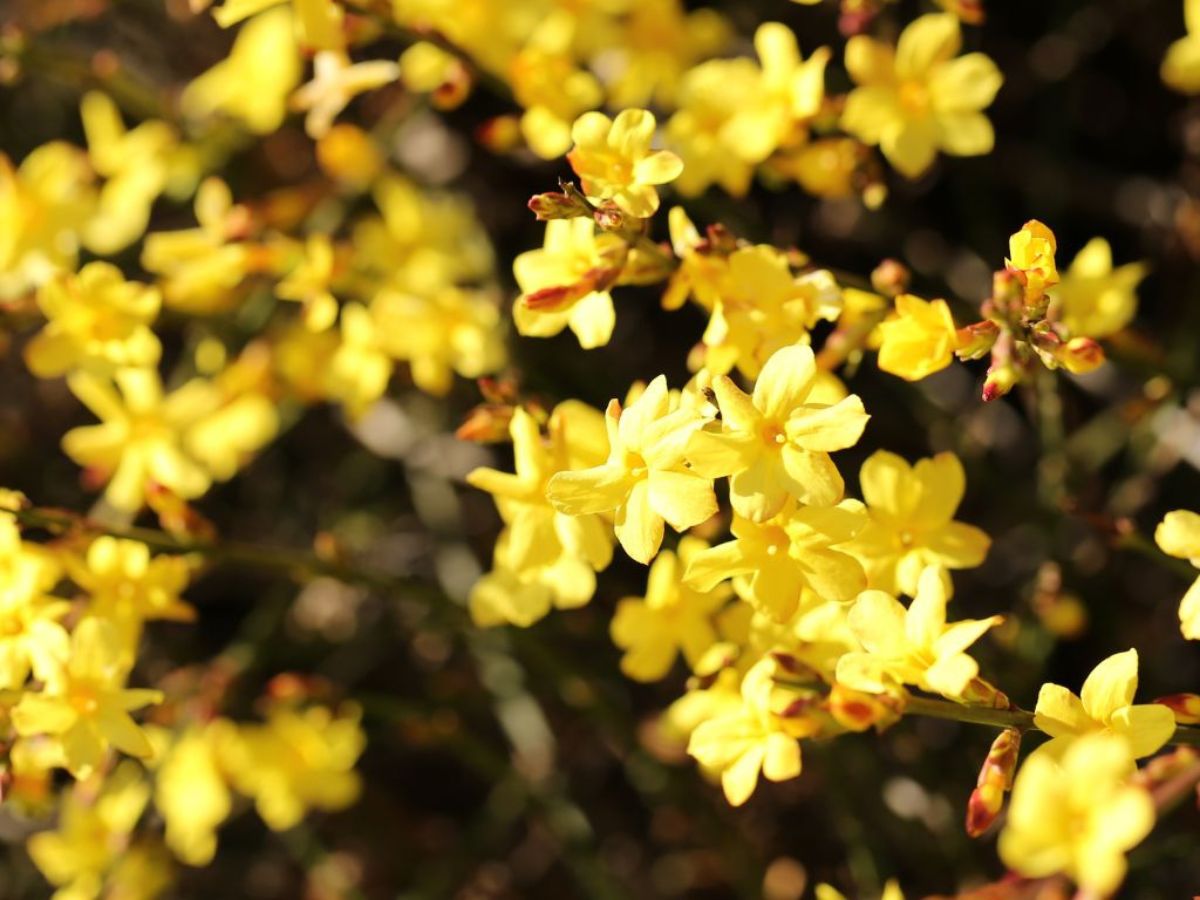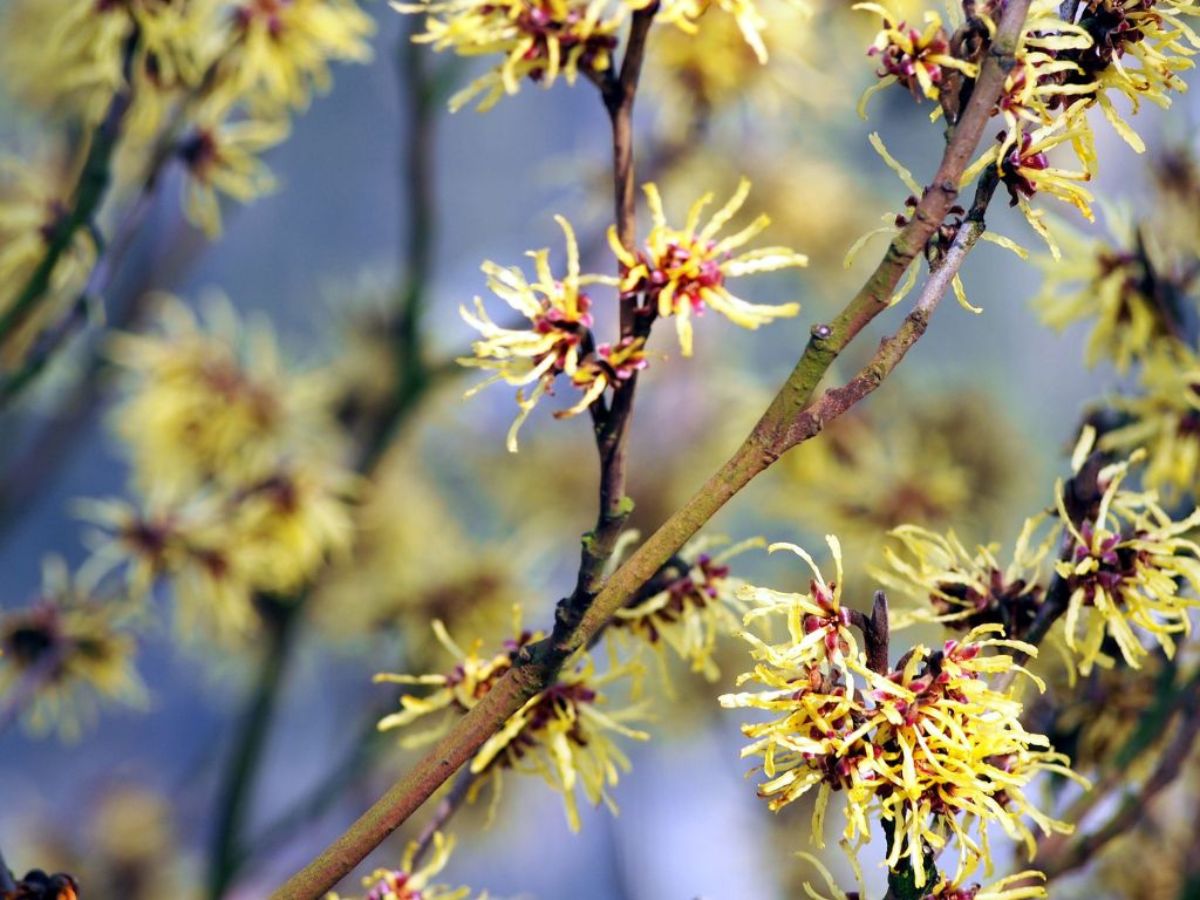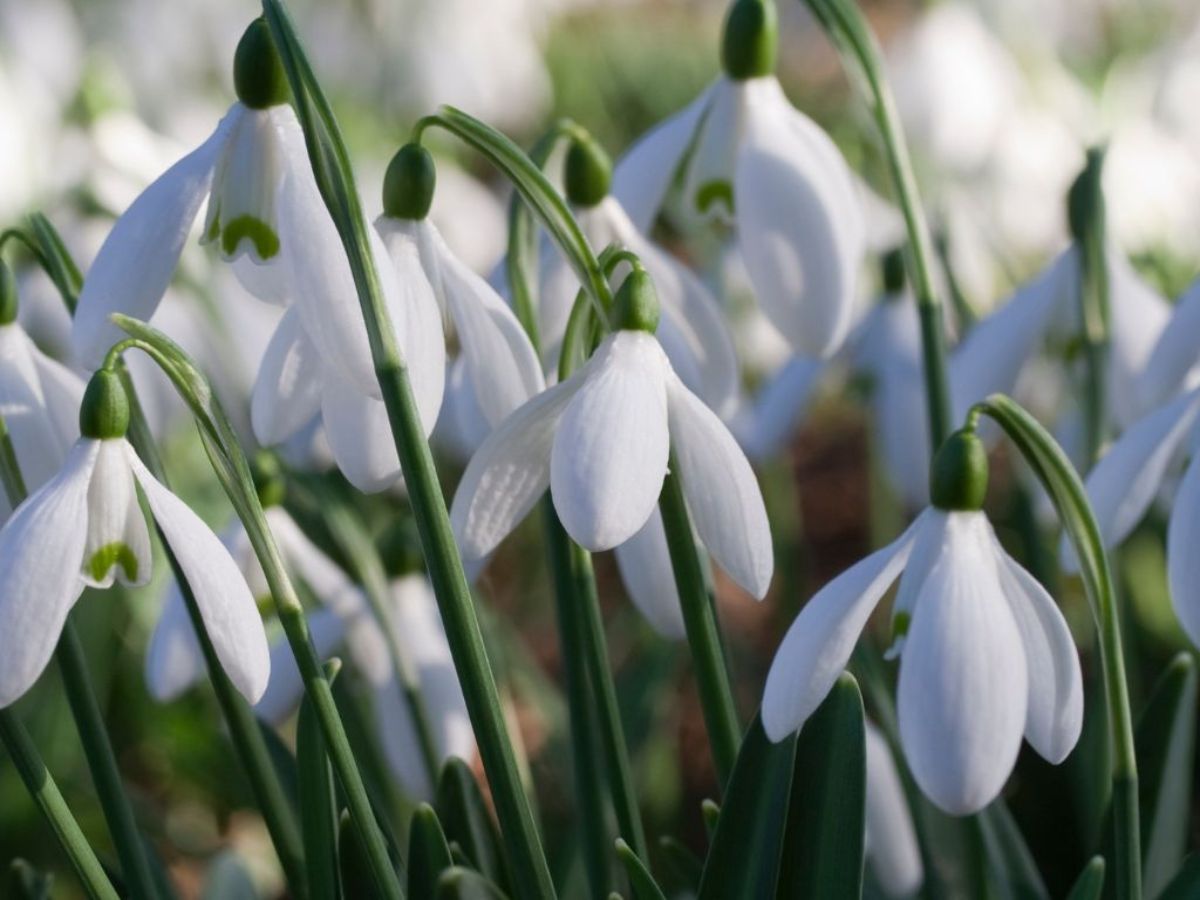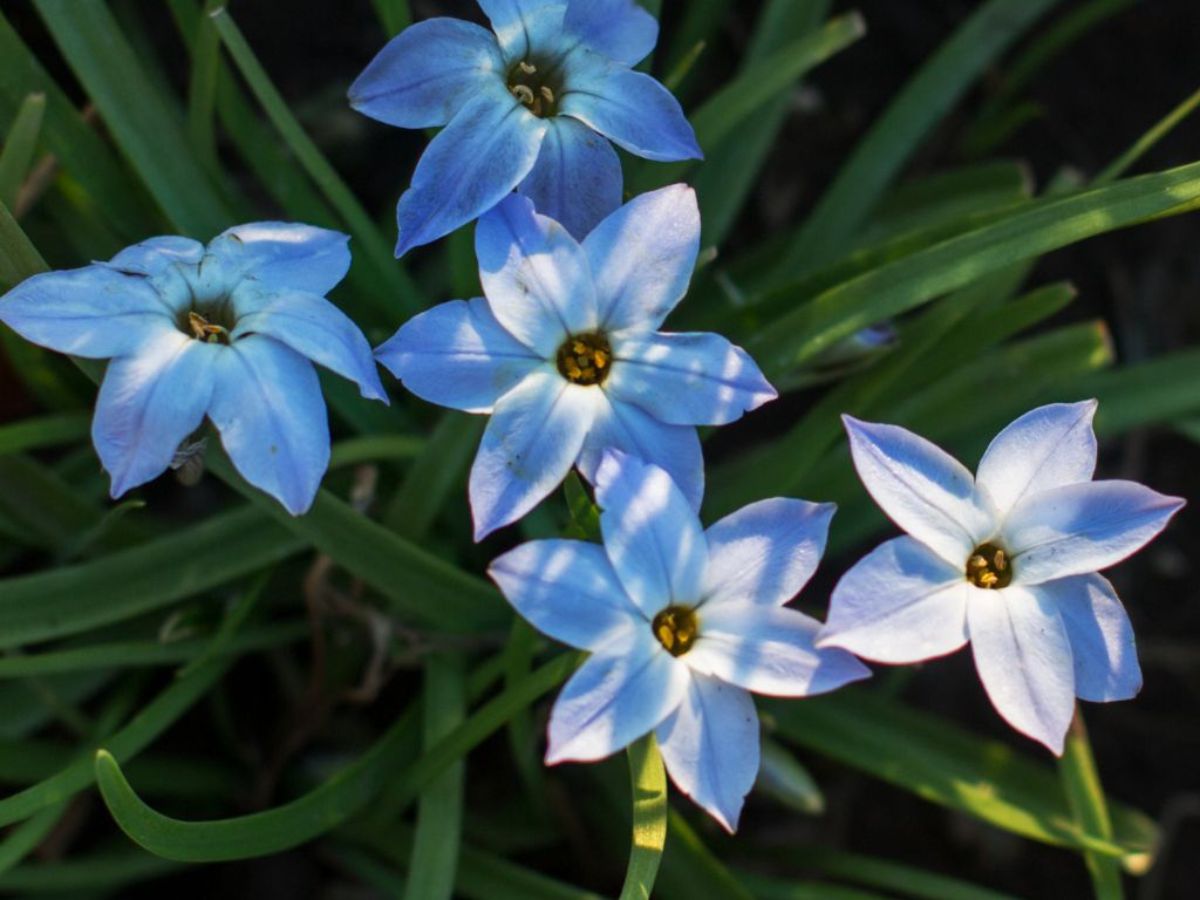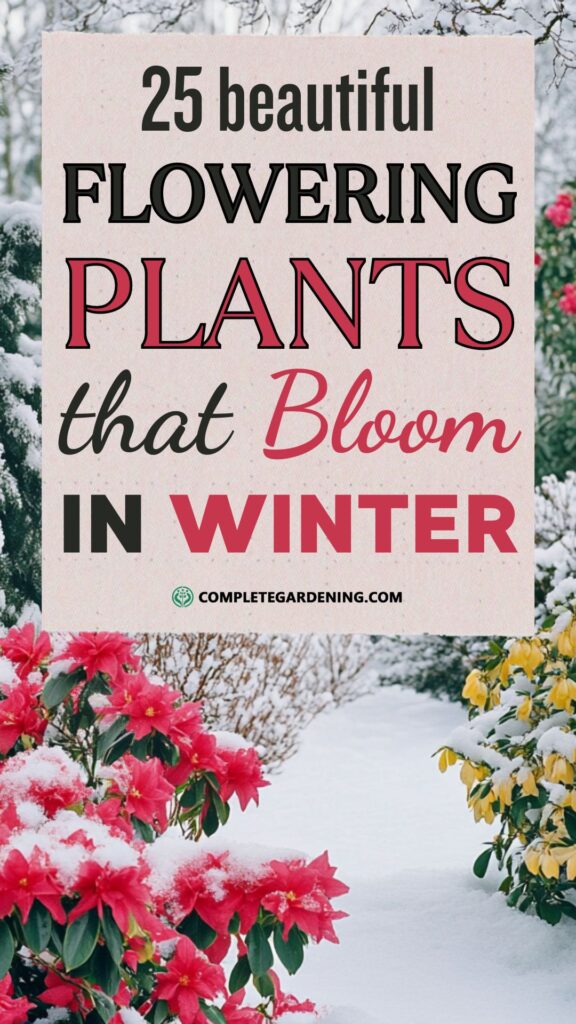When winter rolls around, many gardeners assume that the vibrant colors of their garden will fade away, leaving a landscape of bare branches and dormant beds. However, winter doesn’t have to be a time of colorless gardens.
There are numerous beautiful flowering plants that bloom in winter, bringing life, color, and even fragrance to the colder months.
If you´re looking to add some winter cheer to your outdoor space, these 25 winter-blooming plants will brighten up your garden.
1. Cyclamen (Cyclamen spp.)
Cyclamen is a winter-blooming plant that adds a splash of color to both indoor and outdoor spaces.
Known for their unique, upturned flowers and attractive foliage, Cyclamen are perfect for pots or as ground cover in shaded garden areas. They prefer cool temperatures and indirect light, making them a great choice for winter gardens.
2. Amaryllis (Hippeastrum spp.)
Amaryllis is a classic winter bloomer that steals the show with its large, trumpet-shaped flowers in vivid reds, pinks, and whites. Commonly grown indoors during the holiday season, Amaryllis bulbs are easy to care for and can be moved outdoors in warmer climates after blooming.
They prefer a sunny spot and will return year after year, often multiplying to produce even more blooms.
3. Lenten Rose (Helleborus orientalis)
Lenten Rose, or Hellebore, is a winter-blooming perennial that thrives in shaded areas of the garden. These hardy plants produce cup-shaped flowers in a variety of colors, including pink, purple, and white, from late winter into early spring.
Lenten Roses are also evergreen, providing year-round interest.
4. Calendula (Calendula officinalis)
Often known as pot marigold, Calendula is a charming plant with bright yellow and orange flowers that bloom in winter in warmer climates.
These flowers are not only beautiful but also useful; their petals are often used in teas and skin-soothing preparations. Calendula thrives in filtered sun and will bloom continuously if regularly deadheaded.
5. Daphne (Daphne odora)
Daphne is a winter-blooming shrub that produces clusters of fragrant, pink or white flowers. These plants are perfect for adding a touch of elegance and fragrance to your winter garden.
Daphne prefers partial shade and well-drained soil, and although they can be slow-growing, they are worth the wait for their beautiful blooms.
6. Camellia (Camellia spp.)
Camellias are one of the most cherished winter bloomers, often referred to as the “Winter Rose.”
These shrubs produce an abundance of flowers from late fall through early spring, depending on the variety.
Camellias prefer partial shade and are available in a range of colors from pristine white to deep red. Their evergreen foliage adds year-round interest to the garden.
7. Christmas Cactus (Schlumbergera bridgesii)
Christmas Cactus is a popular winter houseplant known for its stunning, colorful blooms that appear right around the holiday season. This plant is a type of succulent that requires bright, indirect light and minimal watering.
In warmer climates (zones 9-11), it can also be grown outdoors. With proper care, it will bloom every year, adding a festive touch to your winter decor.
8. Crocus (Crocus spp.)
Crocuses are one of the first signs that spring is on the way, often pushing up through the snow in late winter.
These small but mighty flowers come in a variety of colors, including purple, yellow, and white. They thrive in full sun and well-drained soil, and once established, they will return year after year, multiplying to create a beautiful display.
9. Daffodil (Narcissus spp.)
Daffodils are another herald of spring, with some varieties blooming as early as late winter.
These cheerful yellow or white flowers are easy to grow and multiply over time, creating a lush display year after year. Plant the bulbs in the fall for a bright burst of color as winter begins to wane.
10. Viola (Viola spp.)
Violas are closely related to pansies and share their cold tolerance and long blooming period. These small, dainty flowers are perfect for adding a touch of color to winter gardens.
Violas are also edible and can be used to decorate salads and desserts. They prefer cool temperatures and will bloom from fall through spring in warmer climates.
11. Distylium (Distylium spp.)
Distylium is a relatively new addition to many gardens but is quickly gaining popularity for its hardiness and winter blooms.
This evergreen shrub produces small, reddish flowers in December and January. Distylium is low maintenance and tolerant of various soil conditions, making it a versatile choice for winter gardens.
12. Dutchman’s Breeches (Dicentra cucullaria)
This unique plant is more commonly known for its spring blooms, but its attractive, fern-like foliage remains interesting throughout winter.
Dutchman’s Breeches produce delicate, white flowers in early spring, resembling little pantaloons hung out to dry. They are easy to grow and make a charming addition to woodland gardens.
13. Glory of the Snow (Chionodoxa forbesii)
True to its name, Glory of the Snow blooms in late winter, often when snow is still on the ground. This hardy bulb produces small, star-shaped flowers in shades of blue and white.
They are ideal for naturalizing in rock gardens or under trees, where they will return each year to create a carpet of color.
14. Mahonia (Mahonia spp.)
Mahonia is an evergreen shrub known for its holly-like leaves and bright yellow flowers that bloom in late winter.
The flowers are followed by blue-black berries that add further interest to the garden. Mahonia is easy to grow and thrives in partial shade, making it an excellent choice for adding color to shaded areas.
15. Poinsettia (Euphorbia pulcherrima)
Poinsettias are synonymous with the holiday season, with their bright red, white, or pink bracts adding festive cheer to any setting.
While they are typically grown indoors, Poinsettias can be planted outdoors in warmer climates. They prefer bright, indirect light and should be protected from cold drafts.
16. Pansies (Viola tricolor var. hortensis)
Pansies are a favorite winter flower, especially in warmer climates where they can bloom from fall through spring.
These cheerful flowers come in a wide range of colors and are often used in borders, containers, and window boxes. Pansies prefer full sun and cool temperatures, making them ideal for winter gardens.
17. Pieris (Pieris japonica)
Pieris, also known as Andromeda, is a stunning evergreen shrub that produces clusters of small, bell-shaped flowers in late winter and early spring.
The new foliage is often brightly colored, adding to the plant’s appeal. Pieris prefers partial shade and well-drained, acidic soil, making it a good companion for other acid-loving plants like azaleas and rhododendrons.
18. Primrose (Primula spp.)
Primroses are early bloomers that bring a splash of color to the garden as winter draws to a close. These low-growing perennials come in a variety of colors, including red, pink, yellow, and blue.
Primroses thrive in partial shade and cool temperatures, making them perfect for brightening up shaded garden areas.
19. Winter Jasmine (Jasminum nudiflorum)
Winter Jasmine is a vigorous climber that produces bright yellow flowers in late winter. While it lacks the fragrance of other jasmine varieties, its cheerful blooms are a welcome sight during the cold months.
Winter Jasmine is easy to grow and can be trained against walls or fences to create a stunning winter display.
20. Scilla (Scilla spp.)
Scilla, or Siberian Squill, is a small but mighty bulb that produces brilliant blue flowers in late winter to early spring.
These hardy plants are perfect for naturalizing in lawns, rock gardens, or woodland areas. Scilla prefers full sun to partial shade and well-drained soil.
21. Witch Hazel (Hamamelis spp.)
Witch Hazel is a unique winter-blooming shrub known for its spidery yellow, orange, or red flowers that appear in late fall to winter.
These flowers are often fragrant and add a touch of the unusual to the winter garden. Witch Hazel is hardy and easy to grow, thriving in full to partial sun and well-drained soil.
22. Snowdrops (Galanthus spp.)
Snowdrops are one of the earliest bulbs to bloom, often pushing through the snow in late winter. These delicate, nodding white flowers are a welcome sight in the garden and are easy to grow in well-drained soil and partial shade.
Snowdrops multiply over time, creating a beautiful, naturalized look.
23. Spring Starflower (Ipheion uniflorum)
Spring Starflower is a delightful bulb that produces star-shaped flowers in shades of blue and white. These fragrant flowers bloom in late winter to early spring and are perfect for planting in borders or rock gardens.
Spring Starflower is easy to grow and will return year after year, gradually spreading to form clumps.
24. Winter Aconite (Eranthis hyemalis)
Winter Aconite is a cheerful, bright yellow flower that blooms in late winter, often pushing through the snow.
These low-growing plants are perfect for naturalizing under trees or in woodland gardens. Winter Aconite prefers full sun and well-drained soil and will return year after year, spreading to form large clumps.
25. Winter Heath (Erica carnea)
Winter Heath is a true winter bloomer, producing vibrant pink or purple flowers from December through February.
This low-growing shrub is perfect for ground cover in sunny spots and thrives in well-drained, acidic soil. Winter Heath is also evergreen, providing year-round interest.
With these 25 beautiful flowering plants, your garden doesn’t have to go dormant in the winter.
By carefully selecting and planting these winter bloomers, you can ensure that your garden remains vibrant and full of life, even when the days are short and the temperatures drop.
Whether you’re adding a pop of color to your outdoor space or brightening up your home with indoor plants, these winter-blooming flowers will make your garden a true year-round paradise.



